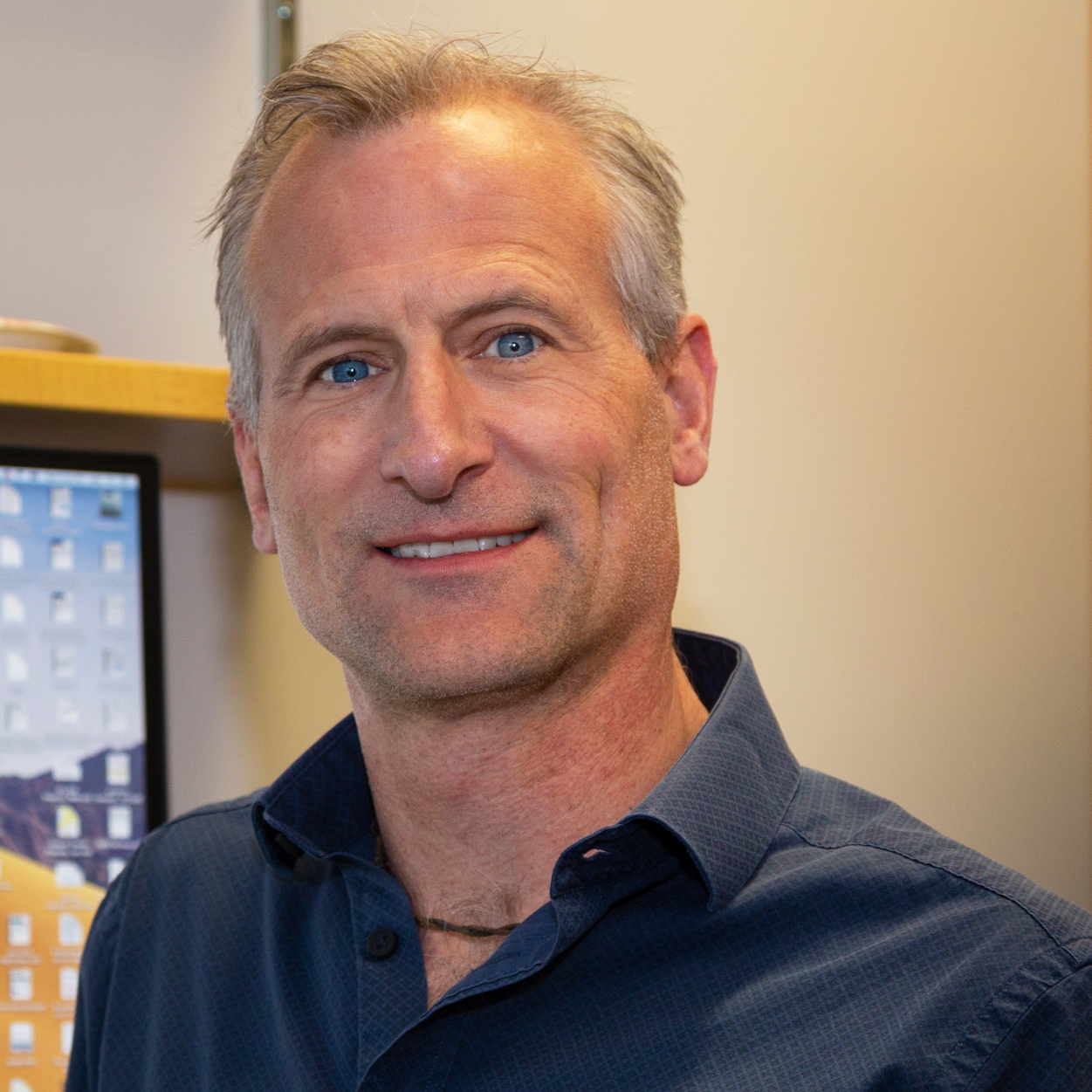While stories about the delta variant flood the news, there may be some measure of relief in these tense times – at least for the vaccinated.
A plethora of antibody in the nose and mouth, entry points for SARS-CoV-2, offers “good news” for the sites of immune protection in a vaccine, according to Ross Kedl, PhD, a professor of immunology and microbiology at the University of Colorado School of Medicine.
Numerous studies have shown, in both humans and primates, that the COVID-19 vaccines produce large amounts of antibody in the nose and saliva of the vaccinated. The mRNA vaccines, as well as protein-based vaccines such as Novavax, produce neutralizing antibodies that localize to the virus’s main ports of entry, Kedl said.
He and University of Colorado Anschutz Medical Campus department colleagues Rosemary Rochford, PhD, Thomas (Tem) Morrison, PhD, and Elena Hsieh, MD, have found similar evidence in nasal swabs and in saliva from vaccinated individuals.
Counting the viral load
“If you have been vaccinated, you do have a lot of immunity in your nose and mouth,” Kedl said. “The mRNA vaccines generate a significant amount of IgG (immunoglobulin G), the dominant form of antibody, that ends up in your nasal cavity and your saliva,” he said.
“The vaccines also make another flavor of antibody, called IgA (immunoglobulin A), which is even better at protecting mucosal surfaces. Vaccines delivered via the intramuscular route do not normally make much IgA, but for some reason, these vaccines do,” Kedl said.
The delta variant may replicate up to 1,000 times the rate of the original SARS-CoV-2 strain and, as a result, seems to be able to overwhelm the waning immunity in some vaccinated individuals. In response, President Joe Biden on Aug. 18 called for booster shots for all vaccinated adults.
“If you have been vaccinated, you do have a lot of immunity in your nose and mouth.” – Ross Kedl, PhD
In the unvaccinated, viral load in nasal cavities predicts transmission of SARS-CoV-2, Kedl said. “The more virus, the more you are likely to give it to someone else.”
Comparing apples to oranges?
Because delta seems to be able to replicate to similar levels in both the unvaccinated and the vaccinated, the Centers for Disease Control and Prevention (CDC) has inferred that a vaccinated person has just as much chance of transmitting SARS-CoV-2 as the non-vaccinated person.
But the data used for measuring virus in the nasal cavities by the CDC are based on detecting viral RNA via a PCR test. “A real challenge in understanding the studies of viral shedding in the nasal cavity is that we don’t know if that virus in the vaccinated is infectious,” Rochford said. “All we know is that the PCR tests can detect the genetic information of SARS CoV-2.”
Kedl agreed, noting, “They haven’t taken into account the fact that the virus in the nasal cavity of the vaccinated person should be coated with antibody and therefore less infectious and transmissible than virus derived from a non-vaccinee, even at the same viral load. Exactly how much less is yet to be determined. But that’s good news regardless.”
Delta has changed the equation regarding the risk the unvaccinated pose to those already vaccinated.
“Before delta, breakthrough infections were really rare and always reduced in severity,” Kedl said, supporting the CDC’s recommendation for un-masking anyone fully vaccinated. “The combination of delta’s infectivity arriving just as those vaccinated are hitting six to eight months out from their vaccine was somewhat of a perfect storm,” he said.
Moving the needle?
“Though the vaccines are still doing well controlling the most severe consequences of infection, the amounts of virus a non-vaccinated person can produce are now resulting in a rate of breakthrough infections of 10% to 20%. With that level of risk to the vaccinated, wearing a mask when around those unvaccinated can be important for reducing one’s chances of infection, especially if you are at higher risk for severe disease.”
Whether masking the vaccinated does much to prevent virus transmission is more complicated and far less certain, Kedl said. “That’s the big question: Given what we know about the level of oral/nasal immunity after vaccination, how many vaccinated people really spread an infection?
“If it’s, say, 50%, that’s a major problem, and masking the vaccinated will likely have an impact on viral spread,” Kedl said. “If it’s only 10% of people with breakthrough infections that can transmit the infection to others, then the recommendation to mask vaccinated people more broadly might not be valuable enough to counter the disincentive it is for the unvaccinated to get a vaccine,” he said.
“The thing we know that will affect the spread of the virus for sure is getting more people vaccinated. Now that the Pfizer vaccines are fully FDA approved, maybe that will help move the needle on, well, moving the needle,” Kedl said.
Boosting the need for boosters
Kedl emphasized that already-vaccinated people will benefit from a booster because it will increase immunity against the variants. “The most good would be done by the unvaccinated getting their first round of vaccines. But it’s easier to count on those who already got one to be willing and interested in getting another,” he said.
“The thing we know that will affect the spread of the virus for sure is getting more people vaccinated. Now that the Pfizer vaccines are fully FDA approved, maybe that will help move the needle on, well, moving the needle.” – Ross Kedl, PhD
“As always, we are hanging on the actions of the unvaccinated and the behavior of the virus within that community,” Kedl said. “So, the extent to which it circulates and percolates within the non-vaccinated community will determine the rate at which variants spin out. So far, we’ve actually been very fortunate because the vaccines have handled those variants very well.”
Older vaccinees, especially those over 60, experience a steeper waning of vaccine efficacy over time, thus gaining the most benefit from the boosters.
“After this boost, (the efficacy) should plateau pretty well,” Kedl said. “The problem with it waning this fast is a combination of the way immunity works and the way they delivered the vaccines to ramp up protective immunity as fast as possible.”
Although it’s “highly debatable,” Kedl suspects it could be years after this newly suggested booster rollout before another dose is needed. “But it’s all variant dependent.”





